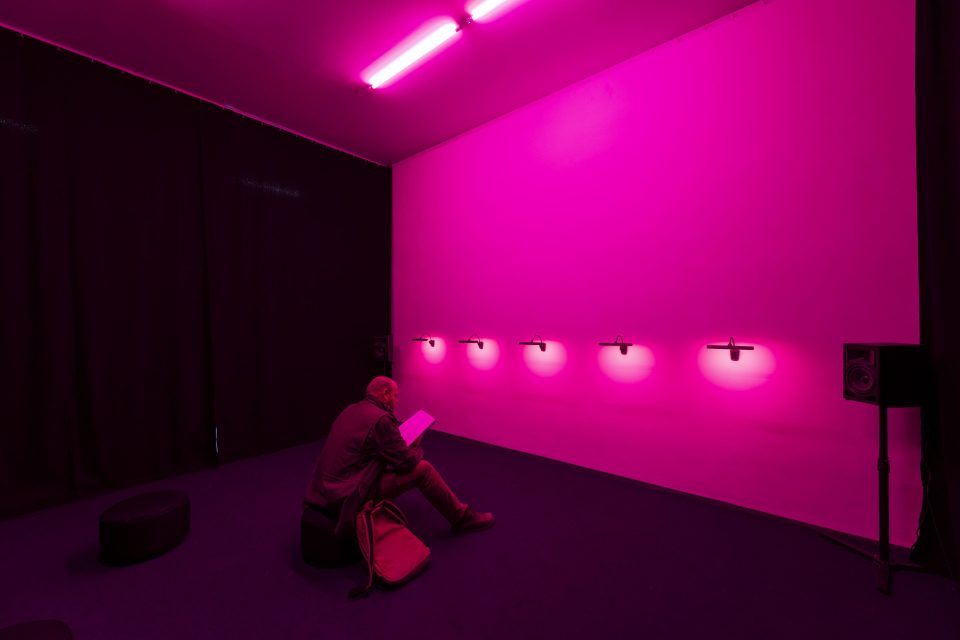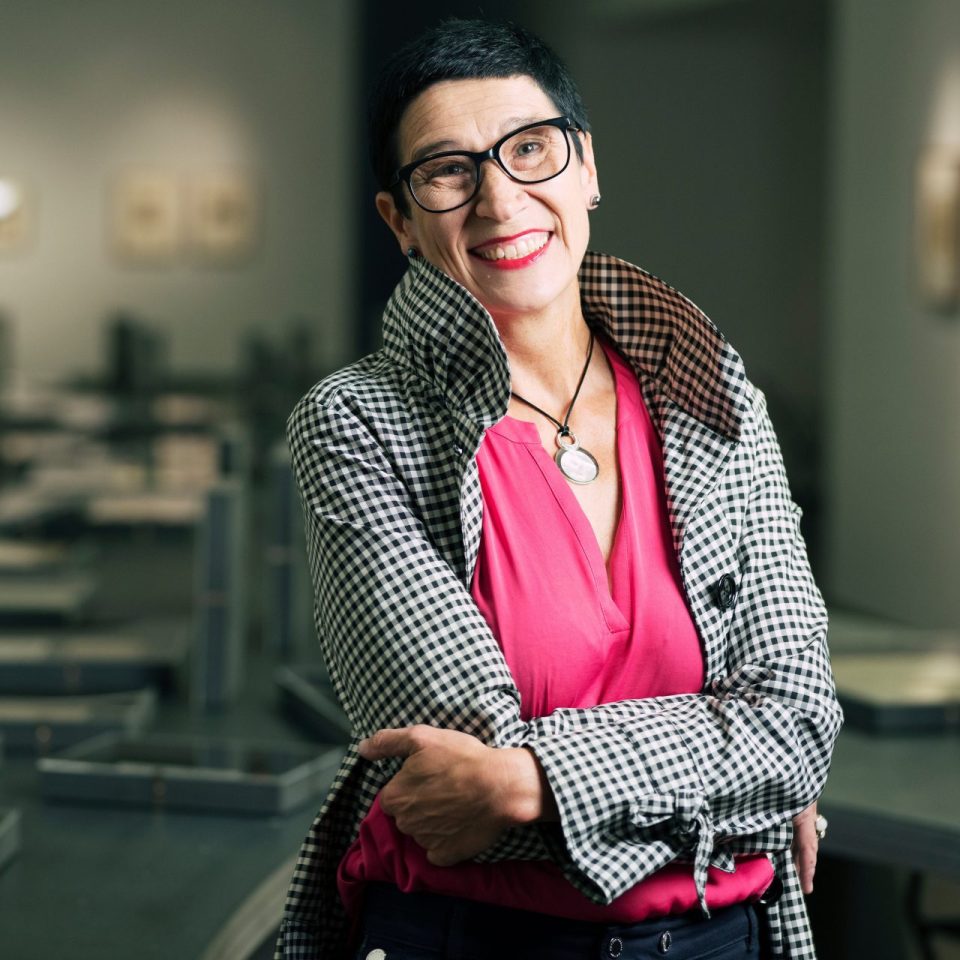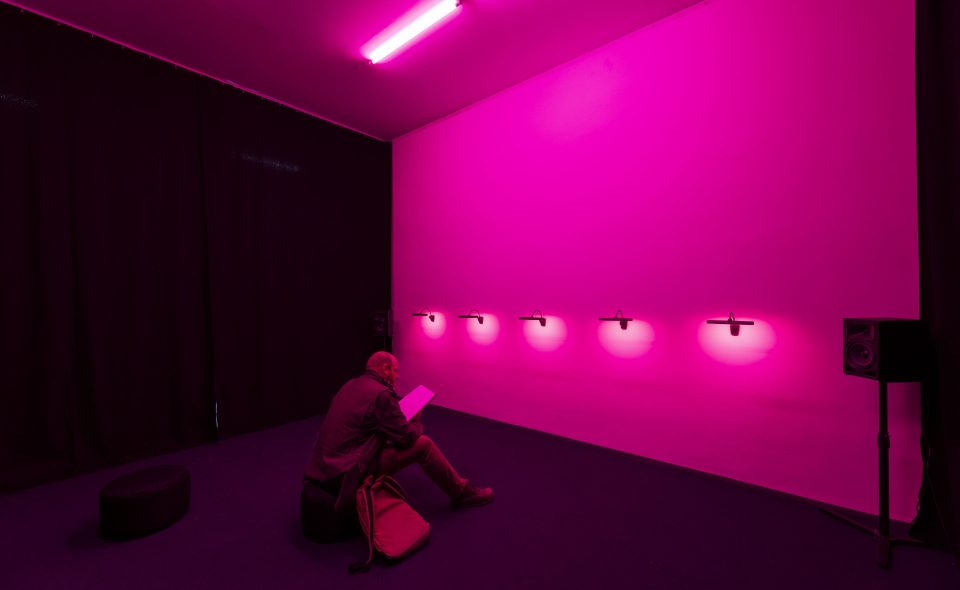
Bruckner - the icon
Young, fresh and coarse, cozy, submissive and of rural Catholic piety; with a loden suit, the hat is wide, decorated with a green ribbon.
The main character is Anton Bruckner, the format a trivial piece in operetta style. Popularization is the motto, The Musician of God the title - in 1924 a contribution to the 100th birthday of the composer, written by Ernst Décsey and Victor Léon. In four popular images from Bruckner's life, Décsey and Léon played on easily grasped clichés and presented a distorted image of Bruckner that was entirely in keeping with the conservative Catholic stereotypes of the 1920s. The biographical pillars of "rural origins" and "Catholicism" formed this image of Bruckner. Productions such as Der Musikant Gottes are products of contemporary taste and should also be read in this context; the distortion of the protagonist is problematic and becomes misleading when the naïve attribution is superimposed on the work of the composer.
In the early 1920s, the anniversary year of 1924 acted as a publication motor for the iconic Bruckner, which posterity used to depict an unprecedentedly broad spectrum of reception templates. Anthroposophical interpretations also held on to Bruckner and created an interpretative image that was removed from the everyday by encompassing the areas of theosophy, metaphysics, mysticism, transcendence and religion. This was also in line with the trend of the time; anti-materialistic and speculative tendencies in interpretations of the meaning of art were in vogue. In cryptic language, one reads about Bruckner's higher nature, which brought a new self-legality to German music and represented a decisive turning point in cultural development; this was repeatedly done in a nationalistic, racist and elitist view of German history. The resurrection of Bruckner's artistic expression in a new German essence shone into the future, Bruckner was elevated to a new "race of souls" of German "mind and blood". The Catholic pious man now mutated into a "bright listener" and "priest-king in a peasant's robe". Germanism pervades such treatises; faith, mysticism, a mythical sense of the universe, cosmic spiritualities, references to the universe and cosmos, transcendence and the play of elemental forces are attributed to Bruckner and his work. Anthroposophical principles such as the connection to supersensuality or the idea of walking down paths of knowledge are mixed with elitist nationalist statements and the topos of "being chosen".

Dark Matter - this space and sound installation takes on a historically special and particularly reprehensible performance practice of Bruckner's works.
Traces of such syncretic interpretations can also be found in publications that already herald the later image of the Nazi titan Bruckner: Oskar Lang, for example, who in 1924 published Anton Bruckner. Wesen und Bedeutung in 1924, saw in him the one called by God, the "redeemer and liberator", the "prototype[s] of a coming world view", the "representative of a German-Germanic art" who was "not weakened by any cultural refinement". The future that Lang outlined in 1924 he himself proclaimed to be the present at the second festival of the International Bruckner Society in 1933. Lang was the keynote speaker at this event and a board member of the society, which massively promoted the Nazi propaganda of its idol.
The fact that the bust of Bruckner by sculptor Adolf Rothenburger in 1937 was the only one erected during the Nazi era in the "Walhalla" near Regensburg in Hitler's presence illustrates the extent to which the composer was instrumentalized. Goebbels was responsible for organizing the dedication of the bust and he also gave the speech. Anton Bruckner, the national hero, whose "Austrian peasant blood" was now consecrated with pomp and pathos into the temple of the whole of Germany - and thus the "Anschluss" was also anticipated.
Deepening the artistic experience in the sense of pseudo-romantic-pathetic worlds of sensation and thus exerting influence on the recipients was a strategy of Nazi propaganda; the "dark concerts" under the party member and Nazi functionary Hans Weisbach achieved this: Only the slits of light from the desk lamps stood out in the dark hall of the Vienna Konzerthaus; internalization and novel auditory impressions made these performances popular. Subliminal manipulation in the noble field of serious music - Anton Bruckner also took center stage here: the first "dark concert" on November 17, 1939 featured Symphony No. 7, and subsequently all Bruckner symphonies except for the "Zeroth" and Symphony No. 2 were performed in the "completely darkened hall".
Bruckner in the anniversary year 2024: The space and sound installation Dark Matter, Sat., February 10, 2024, in the Minorite Church in Wels, makes references to the suggestive Nazi performance method under Weisbach and transforms the Minorites in Wels into a lightless sound space. Lucas Norer's aim is not to recreate the Nazi calculus, but to reinterpret it in the spirit of the drone music happenings of the 1960s. With his production, he wants to liberate Bruckner's symphony of the first "Dark Concerto" from the Nazi instrumentalization. Following on thematically from the installation, a talk between Norbert Trawöger and Karin Wagner took place as part of the "Bruckner Salon" discussion series on the subject of " INSTRUMENTALIZED - LINIENTREU - VERFEMT: MUSIC IN THE MIRROR OF THE NS-TIME" . The DorfTV interview is available for viewing at the following link.

Karin Wagner
The pianist Karin Wagner holds a doctorate in music history with a second subject in contemporary history. Her work focuses on exile music research.


